Rawsie - the best RAW file compression tool on the market
As photographers, we're always sceptical about image compression. Images are our craft and how we show our art to the outside world. Not a good medium to accept a loss of quality. With that in mind, I approached Rawsie, a RAW file compression program, with caution.
For RAWs? Yes, exactly.
Compressing RAWs is as sexy to photographers as putting a plastic cover on a designer sofa. We can't usually get the moment back, so we guard RAWs like our eyeballs.
But Rawsie does a good job. A bloody good one.
What exactly does Rawsie do?
Rawsie is an interesting, nerdy joint venture between a wedding photographer and a quantum scientist. They found out that a lot of the light information that hits a photo sensor is of no use to the content or quality of an image. If you remove it, you not only get a much smaller file, but you don't lose any of the relevant image information. This works so well that the software was initially used mainly for scientific purposes. Satellite images, microscope images, X-ray images. Anything that works with image data. But see for yourself:
Why should I compress my RAWs?
The answer to this question is obvious: storage space. As the resolution of today's cameras continues to increase (see the chart on the right for an overview of the megapixel evolution of cameras over the last few years), the amount of storage space required is also increasing. My Nikon D850, with its 45.4 megapixel resolution, produces RAW files of 50MB on average, and can exceed 60MB in low light.
As a photographer, you can easily accumulate a terabyte or two a year. Backing up these RAW files takes time, of course, but more importantly, it costs money. Whether I use external hard drives or the cloud, I pay for every extra GB I need.
But space is only part of the story. Another benefit of smaller files is speed. Smaller files can be backed up, copied, imported and edited more quickly because the image editing software doesn't have to read and hold as much data for processing. In addition, the DNG format created by Dotphoton Raw, an open standard used by Leica, Sony, Apple, Pentax, Ricoh and others, can be opened and edited in any popular image editing software. The original RAW files are not replaced during compression by Rawsie, so you can try it out without any risk.
How do you use Rawsie?
Rawsie is a small, standalone application for MacOS (join the Windows waiting list!) that is very easy to use. As well as being able to compress selected RAW files by dragging and dropping or clicking on them, it can also read entire Lightroom catalogues and automatically convert linked RAW files without having to re-link them. This is useful, for example, if you want to compress shots in old catalogues or - if you are very, very, very careful - if you want to shrink your RAWs after delivery to a client. But as I said, the program never deletes your original RAWs.
I use Rawsie immediately after I have backed up my RAWs from the camera and then work exclusively with the compressed data.
Helpful: check the "Add full-size previews during compression" option in the settings, so that you can use the DNGs created by the program afterwards without any problems, e.g. with the incredible Narrative Select or Photo Mechanic.
What has been my experience with Rawsie so far?
I have been using Rawsie productively for almost a year now, after an initial trial period with personal projects, for all my weddings, portraits and landscape/travel shoots, as well as with major clients via Stocksy, without ever encountering a single problem.
The quality of the generated DNGs is visually identical to the original NEFs from my Nikon D850 - at a greatly reduced file size. Below is a comparison of one of my recent shoots. On the left is the original NEF from the Nikon D850, on the right is the compressed DNG generated by Rawsie:
So far I've saved several TBs of data that I no longer need to back up or (worse) upload. However, compressing RAWs is a very CPU-intensive process. On my laptop it takes about 1 hour to compress 1,000 RAWs. So for larger weddings or slower hardware, this is quite a job for one night. But time well spent.
What makes me particularly happy is that over the past year the brains behind Rawsie have continued to develop and optimise the software, adding support for the latest camera models (similar to what we know from Adobe Camera Raw). Best of all, they have taken the feedback to heart and created a software that now fits seamlessly into my workflow. 1000 thanks to the team!
Conclusion
Rawsie has found a permanent place in my workflow, and as a tech geek, I'm happy every time it shows me how much space I've just saved after using it. It does its job extremely well and safely and I can't imagine working without it, because in this case it's clear: less is more.
I highly recommend it to all photographers out there.
If you want to try it out for yourself, the free version allows you to compress 30 images/day. If you like the results as much as I do, use the link below to get a 10% discount when you buy a licence!




